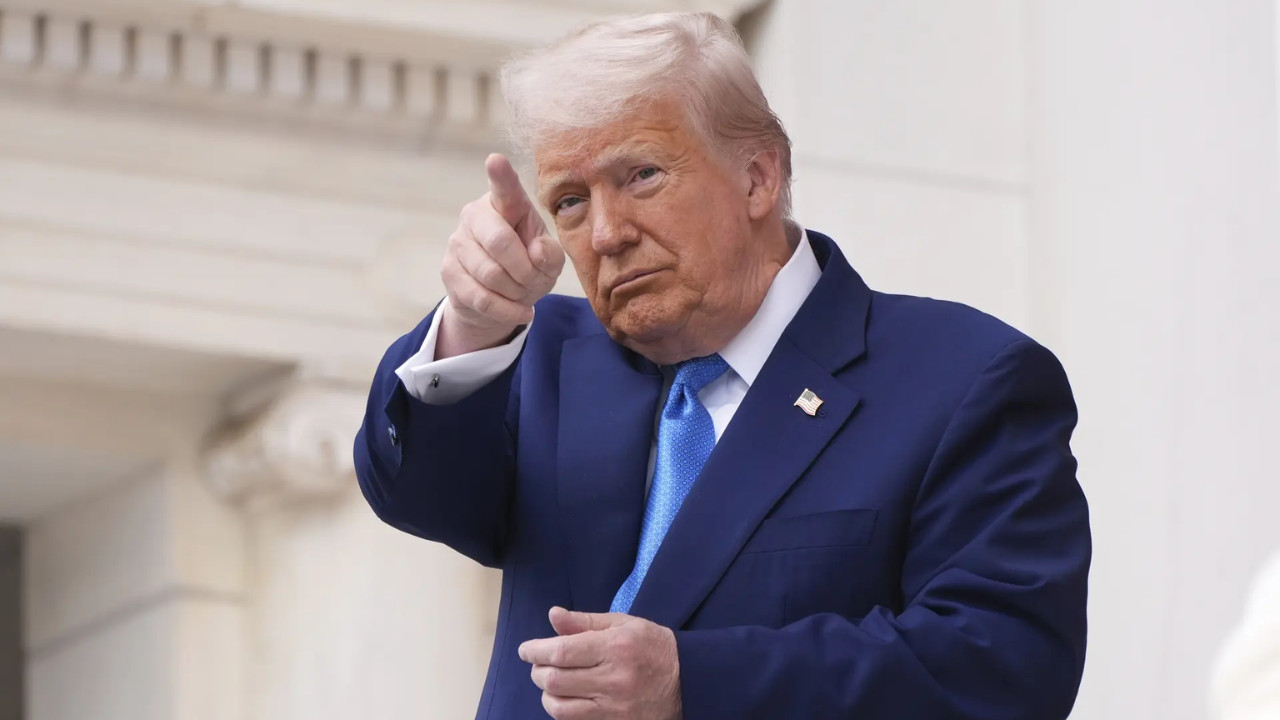Wall Street investors have coined the term “TACO” (Trump Always Chickens Out) to describe President Trump’s pattern of threatening tariffs, then backing down. Traders are now profiting by anticipating these reversals and buying stocks when tariff threats emerge. Trump acknowledged the term, defending his actions as negotiation tactics to secure concessions.
The Taco Trade: When Fiesta Turns Fiasco (And Trump Gets Involved)
Okay, let’s talk tacos. Not just eating them, although that’s always a good conversation starter, but the trading of them. Or rather, the Taco Trade. You might have heard the term bandied about recently, especially if you keep even a casual eye on international economics and/or the fiery pronouncements of a certain former president. So, what is the Taco Trade, and why did it seemingly push a button for Donald Trump?
Forget images of burritos being bartered at the border. The “Taco Trade” is actually a snappy, some might say too snappy, shorthand for the trade relationship between the U.S. and Mexico. Specifically, it’s often used in the context of the trade deficit the U.S. has with its southern neighbor. Think of it as a colorful, if somewhat simplistic, way to describe billions of dollars worth of goods flowing back and forth across the Rio Grande.
Now, a trade deficit, in simple terms, means a country imports more goods and services than it exports. In the case of the U.S. and Mexico, America buys more from Mexico than it sells to them. It’s worth noting that the term “Taco Trade” is quite derogatory, as it oversimplifies complex economic relationships to a cultural food item.
Here’s where things get interesting, and where the former president enters the story. Trump, never one to shy away from strong opinions (or strong metaphors), has repeatedly voiced concerns about the trade imbalance with Mexico. He sees it as a sign that the U.S. is being taken advantage of, that deals aren’t fair, and that American jobs are being lost. And while his administration did renegotiate the North American Free Trade Agreement (NAFTA) into the United States-Mexico-Canada Agreement (USMCA), the fundamental trade dynamics haven’t drastically shifted. The U.S. still imports a lot from Mexico.
But is that necessarily a bad thing? That’s where the real debate lies.
Let’s unpack this a bit. The U.S.-Mexico economic relationship is incredibly intertwined. We’re not just talking about avocados and tequila (though, let’s be honest, those are important!). We’re talking about complex supply chains, where components are manufactured in one country, assembled in another, and sold in a third. Think car parts, electronics, agricultural products – the whole shebang.
The advantages of this integrated system are numerous. Mexican labor costs are generally lower, allowing American companies to produce goods more cheaply and remain competitive on the global market. This, in theory, benefits American consumers through lower prices.
However, the downsides are just as real. Critics argue that lower labor costs in Mexico incentivize companies to move jobs south of the border, leading to job losses in the U.S., particularly in manufacturing sectors. And that’s the narrative Trump has consistently hammered home.
The reality, as always, is far more nuanced. Globalization has undeniably led to some job displacement in the U.S., but it has also created new opportunities in other sectors. Furthermore, attributing all job losses solely to the trade deficit with Mexico is an oversimplification. Automation, technological advancements, and other factors also play a significant role.
Moreover, consider the interdependence of the two economies. A healthy Mexican economy is good for the U.S. It’s a major market for American goods and services. A struggling Mexican economy could lead to instability at the border, increased immigration pressures, and a decline in demand for American exports.
So, what’s the solution? Should the U.S. try to drastically reduce its trade deficit with Mexico? That’s a complex question with no easy answers. Some economists advocate for policies that encourage domestic manufacturing and investment, while others argue for focusing on education and retraining programs to help American workers adapt to the changing global economy. Trade wars and tariffs, like those previously implemented, are often viewed as blunt instruments that can inflict more harm than good, disrupting supply chains and raising prices for consumers.
Ultimately, the “Taco Trade” is a loaded term that belies the intricate and multifaceted relationship between the U.S. and Mexico. It highlights real concerns about trade imbalances and job displacement, but it also risks demonizing a crucial economic partner. While the desire to protect American jobs is understandable, a more comprehensive and nuanced approach is needed, one that recognizes the benefits of trade, addresses the challenges of globalization, and avoids resorting to simplistic, and frankly, somewhat offensive, sound bites. After all, nobody wins when the conversation devolves into a food fight. Let’s keep the focus on building a mutually beneficial and sustainable economic relationship, even if it means occasionally enjoying a delicious taco while discussing it.
📬 Stay informed — follow us for more insightful updates!







